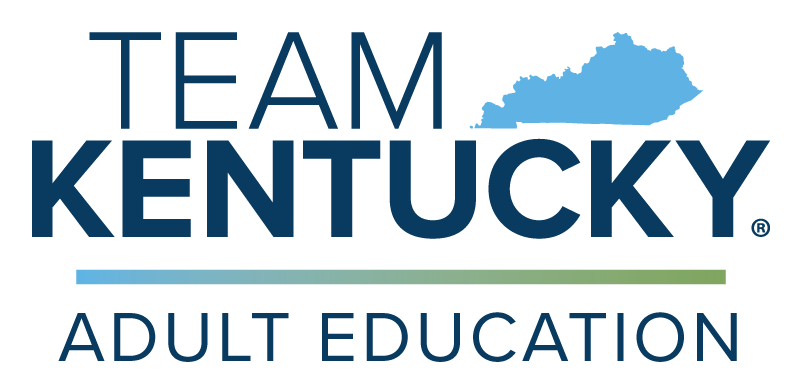
PRODUCT DESCRIPTION
The MSG Team consisted of two parts: an onsite MSG Team and an MSG support team. MSG onsite teams met biweekly in communication and collaboration meetings. Team progress was monitored by the MSG Support Team that provided necessary support and documented progress.

LIVE AND LEARN, MESSY MOMENTS
They already had MSGs. They were focused on GED®, so it was hard to then have them post-test again for post-test rate.
Why don’t the Ready Tests™ count as an MSG?
The new TABE test is long and difficult for our students.
Scheduling the meetings was not always easy. We will consider these meetings as we develop instructor and site schedules for next year.
Trying to figure out how the organization of the groups and the implementing of the purposes were to be accomplished was very difficult initially, but eventually we got it figured out through the help of some really bright decipherers.
Initially, we experienced some confusion with organization, but as we continued to meet, we were able to streamline our focus and target our goals.
There were several interpretations of the compilation spreadsheet, which could have been explained better.
In my opinion, MSG Supports should be MSG Leads. Part of a main disconnect in Jefferson County is the lack of information that is transferred to PT staff from FT. The MSG Meetings are a good way to correct that issue.
Being able to corral everyone’s work schedule to fit in the MSG team meetings and data delay in KAERS was challenging. The MSG teams afforded the opportunity for better collaboration among instructors.
It was hard to find the time to meet to communicate to other staff about who needed to post test and when. Our part-time staff had to sacrifice in other parts of their lives to make it to meetings.

MASTERY MOMENTS
We post tested in both subjects
Teamwork, awareness, time to see data (and able to be paid to work on it)
What did you celebrate?
Staff working together, data improvements
What are you most proud of?
Staff working together to get this done.
Staff became much more knowledgeable about the nuances of KAERS. They also took greater ownership in their sites’ overall performance.
Once we understood what we were supposed to do and how to do it, everything went smoothly afterwards.
We became unified on our goals and worked collaboratively much more effectively after finding clarity.
We developed MSG teams to increase our post-test rate and help with retention. Each MSG team had specific data to review and discuss.
Learning to work together and to not stress over the details.
(See above with lack of information issue)
The MSG Teams were helpful in drawing attention to post-testing – which students are ready, how many hours each has, etc. When instructors take more ownership of the “administrative details” it’s helpful to everyone. Knowing how to read the data is extremely beneficial to everyone.
Being able to obtain the goal before time frame was something to celebrate. Also the collaboration among staff and having the time set aside to develop and implement goals to enhance student success.
We celebrated that communication about students was improved over time with this project, and our post-test rate did increase our goal amount, along with our amount of MSGs.
We have already seen an increase in our post-test rate. We evaluated the outcomes and discovered that our rates did increase through these meetings and formation of MSG teams. Compared to last year, when we did not have MSG teams, our numbers seemed to improve at a faster rate, indicating that these teams are something to continue to consider investing in for next fiscal year.

WHAT DO WE NEED TO CLONE THIS PRODUCT?
- Staff
- One Instructor Lead per site
- One MSG Support person per site (though this person can have several sites, as happened in Jefferson)
- All other staff serve as team members
- Data specialists (can be part of the MSG Support team)
- Access to KAERS
- Site rosters

WHAT IS THE PROCESS?
- Identify staff to serve as MSG Support and MSG Instructor Lead (descriptions in the cloning section).
- Those not designated in #1 above are part of the MSG Team, and ALL staff participate. In the case of large programs (as in Jefferson), teams meet by site/center.
- MSG Teams, led by the MSG Instructor Lead, meet bi-weekly to discuss student testing schedules/progress, data trends, and complete reports as needed by the MSG Support Team.
- Prior to those meetings, the MSG Support will brief the MSG Instructor of action items for the meetings, including students who could potentially be tested.




